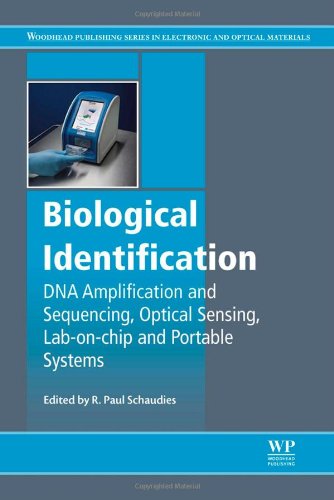

Most ebook files are in PDF format, so you can easily read them using various software such as Foxit Reader or directly on the Google Chrome browser.
Some ebook files are released by publishers in other formats such as .awz, .mobi, .epub, .fb2, etc. You may need to install specific software to read these formats on mobile/PC, such as Calibre.
Please read the tutorial at this link: https://ebookbell.com/faq
We offer FREE conversion to the popular formats you request; however, this may take some time. Therefore, right after payment, please email us, and we will try to provide the service as quickly as possible.
For some exceptional file formats or broken links (if any), please refrain from opening any disputes. Instead, email us first, and we will try to assist within a maximum of 6 hours.
EbookBell Team

4.8
24 reviewsBiological Identification provides a detailed review of, and potential future developments in, the technologies available to counter the threats to life and health posed by natural pathogens, toxins, and bioterrorism agents. Biological identification systems must be fast, accurate, reliable, and easy to use. It is also important to employ the most suitable technology in dealing with any particular threat. This book covers the fundamentals of these vital systems and lays out possible advances in the technology.
Part one covers the essentials of DNA and RNA sequencing for the identification of pathogens, including next generation sequencing (NGS), polymerase chain reaction (PCR) methods, isothermal amplification, and bead array technologies. Part two addresses a variety of approaches to making identification systems portable, tackling the special requirements of smaller, mobile systems in fluid movement, power usage, and sample preparation. Part three focuses on a range of optical methods and their advantages. Finally, part four describes a unique approach to sample preparation and a promising approach to identification using mass spectroscopy.
Biological Identification is a useful resource for academics and engineers involved in the microelectronics and sensors industry, and for companies, medical organizations and military bodies looking for biodetection solutions.